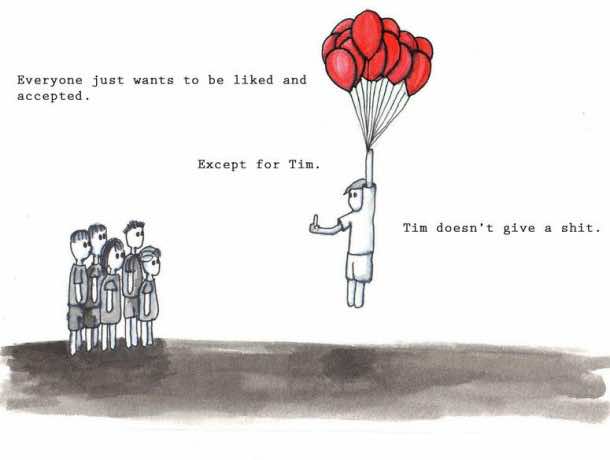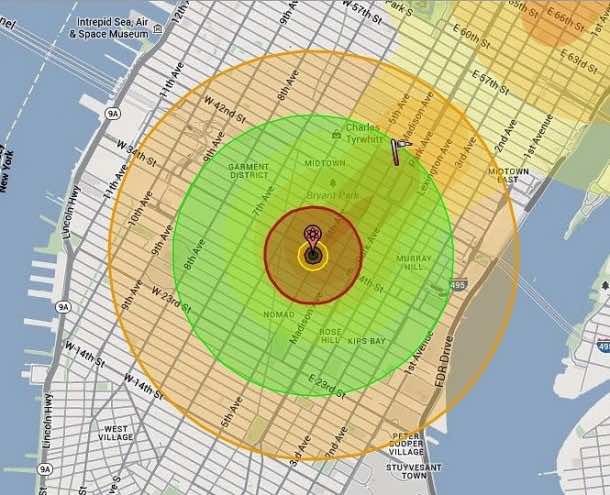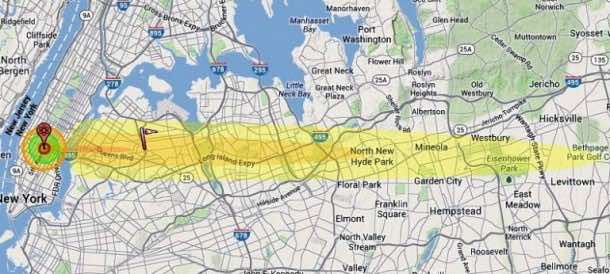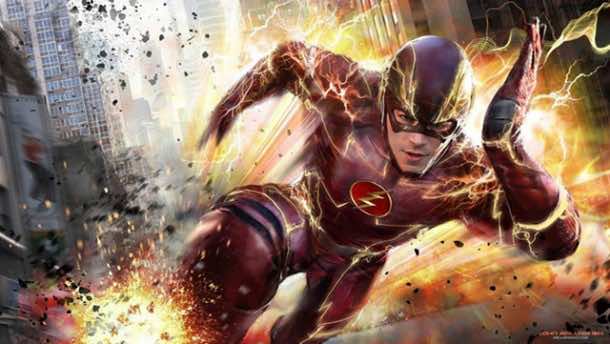If you are in the city where a nuclear strike takes place, your chances of survival are quite low. However, instead of getting low or worried, keep your cool and walk away from the explosion. It could save your life and hey, you’d look infinitely cooler walking away from a nuclear explosion. If you don’t believe us, check this video out.
A recent study was carried out at the US Department of Energy’s Lawrence Livermore National Laboratory (LLNL) that entails some simplistic guidelines that can maximize the chances of survival in case of a nuclear explosion. If you’re a person of reason or one who likes to prepare in advance; reading this will be the worth the effort. It will pay off in the future, trust us, for the world we live in, terrorists and/or small states may very well come up with a 1-10 kiloton nuclear attack. Of course you could be like Tim and not give a crap. (You can see Tim below).
Michael Dillon belongs to LLNL and has been studying nuclear shelters for quite some time. However, felt like the idiot in class when his family asked him what they should do when they see a breathtaking mushroom cloud over their city? (Our advice would be to take out the smartphone and Instagram that shizz – Nothing could be more epic than a selfie with a nuclear mushroom cloud in the background #nucleardead #yolo.)  Well, as you all might have guessed by now, Michael didn’t have a good enough answer because let’s face it; he is Michael DILLON, if he was Michael Keaton; he would have had the gadget to counter a nuclear blast in his utility belt).
Well, as you all might have guessed by now, Michael didn’t have a good enough answer because let’s face it; he is Michael DILLON, if he was Michael Keaton; he would have had the gadget to counter a nuclear blast in his utility belt).
Michael Dillon decided to find the right answer and discovered that the shelter technique isn’t the best technique to go with. The first goal is to survive the initial detonation. As per Michael’s work; an appreciable threat is a 5 kiloton pure fission explosion that takes place in a building at a height of 200ft. The distribution of explosion’s energy is as follows; blast has about 50% of energy, thermal radiation makes up for 35% while the ionizing radiation takes about 5% during the initial burst and then 10% during the fallout.
NUKEMAP was used for the modeling of explosion that would take place in the Empire State Building. The black circle (inner) is the size of the crater while the red ring demarcates the edge of 20 psi overpressure zone. In this area, most of the buildings will be destroyed. The green ring depicts the area where a person who is unprotected shall be exposed to lethal dose of prompt radiation while the peach ring that has a radius of 0.62km is where second-degree thermal burns are prone to take place. Anyone outside of this region shall have a good chance of surviving the initial blast given that they don’t get hit with the falling debris.
Given that your lucky stars were shining during the nuclear explosion and you’ve survived the impact, now comes the problem of radiation. Oh yes, it is enough to kill you if you’re not smart and mobile enough. For the sake of discussion, we will be using rems (Roentgen equivalent man) and rem/hr as units for radiation. The lethal dose of radiation is considered to be 500 rems.
The fallout, lucky for us, is not evenly spread. Usually the most intense radiation remains in the kill zone of the bomb. If we assume a wind speed of 16km/h, fallout gets distributed in a narrow plume. Area with radiation rate of 100-200 rem/h reaches out to 5.4km downwind of the detonation, however, is merely 0.54km wide. The area with a rate of 10-100 rem/h is about 24km long and 2.4km wide. The area with a rate of 1-10 rem/h has a length of 42km and a width of 4.5km.
Mike Dillon analyzed the window during which the radioactive material has not yet reached ground and the greatest concern is avoiding the falling debris. He made use of an intricate mathematical model for describing radiation exposures along with varied post-blast behaviors. Subsequently he simplified them so that anyone can make use of these guidelines. (Good guy Michael). The crucial factor over here is the time that it would take you to reach an adequate shelter. For a blast of 5 kiloton, an adequate shelter is defined as a standing multi-story building where you should ideally go to mid-upper floors, center of a large concrete/brick building or a basement that is structurally sound.
If getting to an adequate shelter takes you less than five minutes – Run, Barry, Run.  However, if the adequate shelter is less than 15 minutes away, you should remain in the current shelter for no longer than 30 minutes and then rush to the better shelter.
However, if the adequate shelter is less than 15 minutes away, you should remain in the current shelter for no longer than 30 minutes and then rush to the better shelter.
However, keep in mind that these calculations are based on a nuke that is 5 kiloton. Given that something bigger and scarier is fired, chances of survival go from low to desperately low (we can’t find a good movie reference for such case; if you know one, do let us know in the comments). These guidelines could still help though, however, casualties would be far more.
Here’s to hoping that we never have to go through such a time again. But just be ready because, think what would Batman do?  Yes, he will be ready!
Yes, he will be ready!



i ate the nuke
They slipped in a couple of movies and comic book references. They explain the meat of it in the article as well. I actually found it refreshing.
I’d go to nearest hospital, which has Nukemedizine facility, and lock the chamber.
I would have liked to read this article but I’m not 14 years old, is there a version for grownups?
I mean right